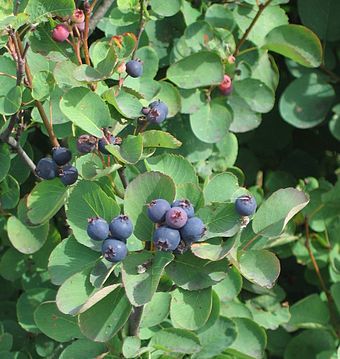Description
Alpine blueberry (Vaccinium deliciosum) is a small shrub native to the mountainous regions of the Pacific Northwest. It has small, glossy green leaves and clusters of white or pink bell-shaped flowers in the spring. In the summer, the shrub produces small, sweet blueberries that are often used in pies and jams.
Alpine blueberry grows to be about 2-3 feet tall and has a spreading habit, making it suitable for use as ground cover. It prefers moist, well-drained soil and partial to full sun exposure. It is winter hardy and can tolerate cold temperatures down to -30 degrees Fahrenheit.
To cultivate alpine blueberry successfully, a grower may need to amend the soil with organic matter and mulch the plants to retain moisture. Pruning may also be necessary to maintain the shrub’s shape and encourage new growth.
The edible berries of alpine blueberry can be stored in the refrigerator for up to a week or frozen for later use. In addition to being eaten fresh, the berries can be used to make pies, jams, and other desserts.
Alpine blueberry has value for wildlife as a source of food for birds and small mammals. The shrub’s dense growth habit also provides habitat and shelter for animals.
